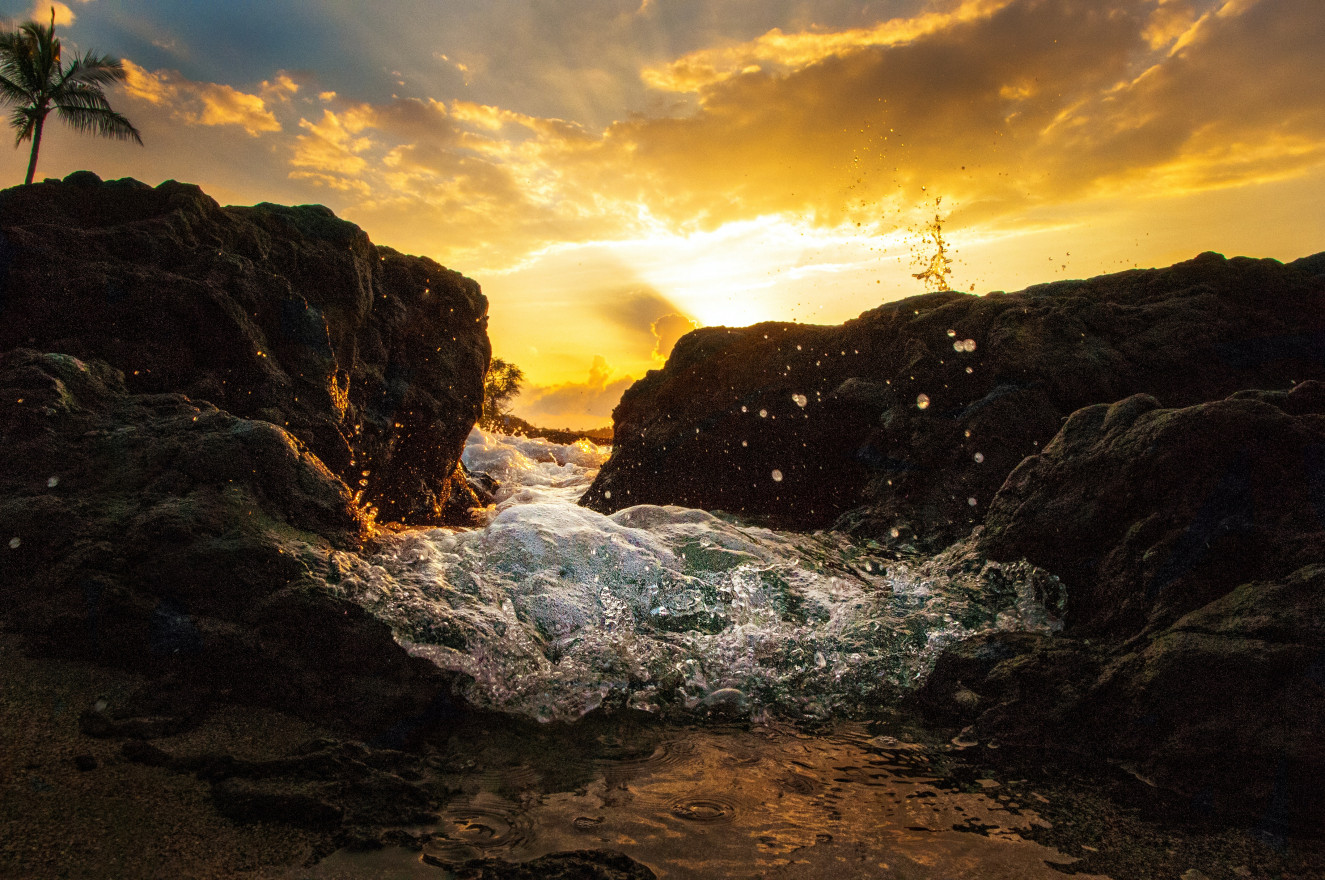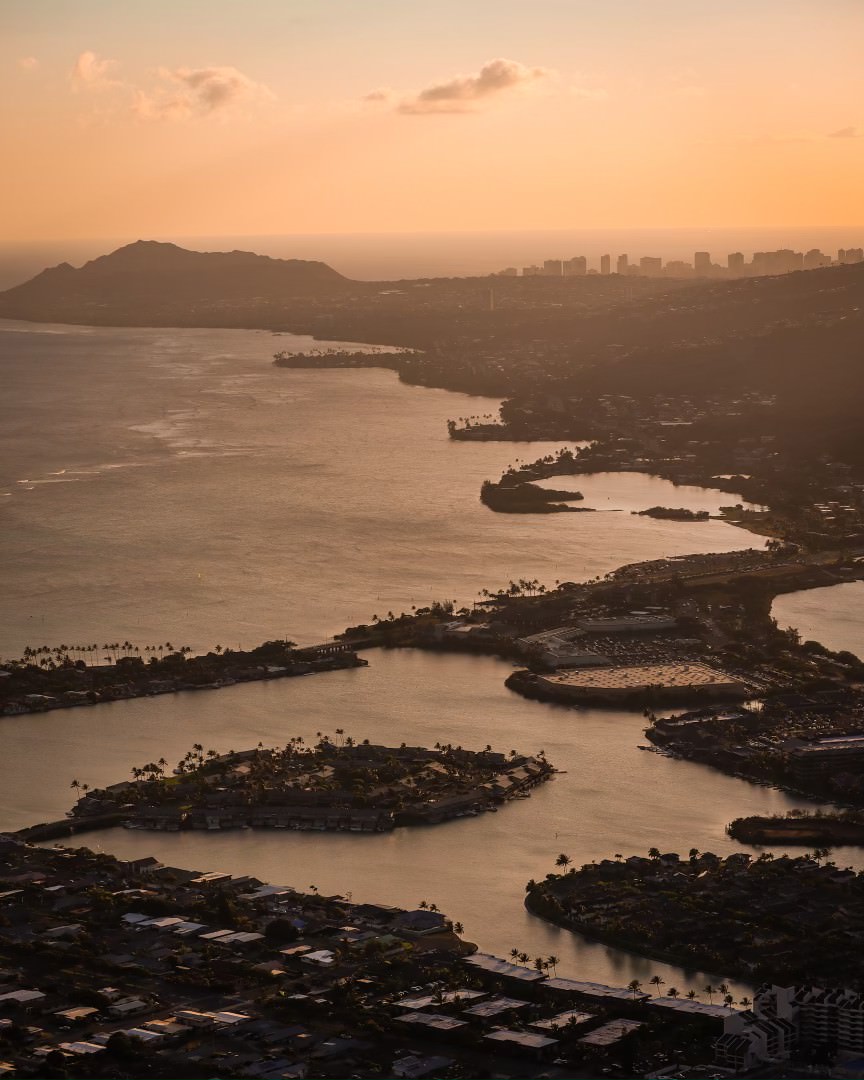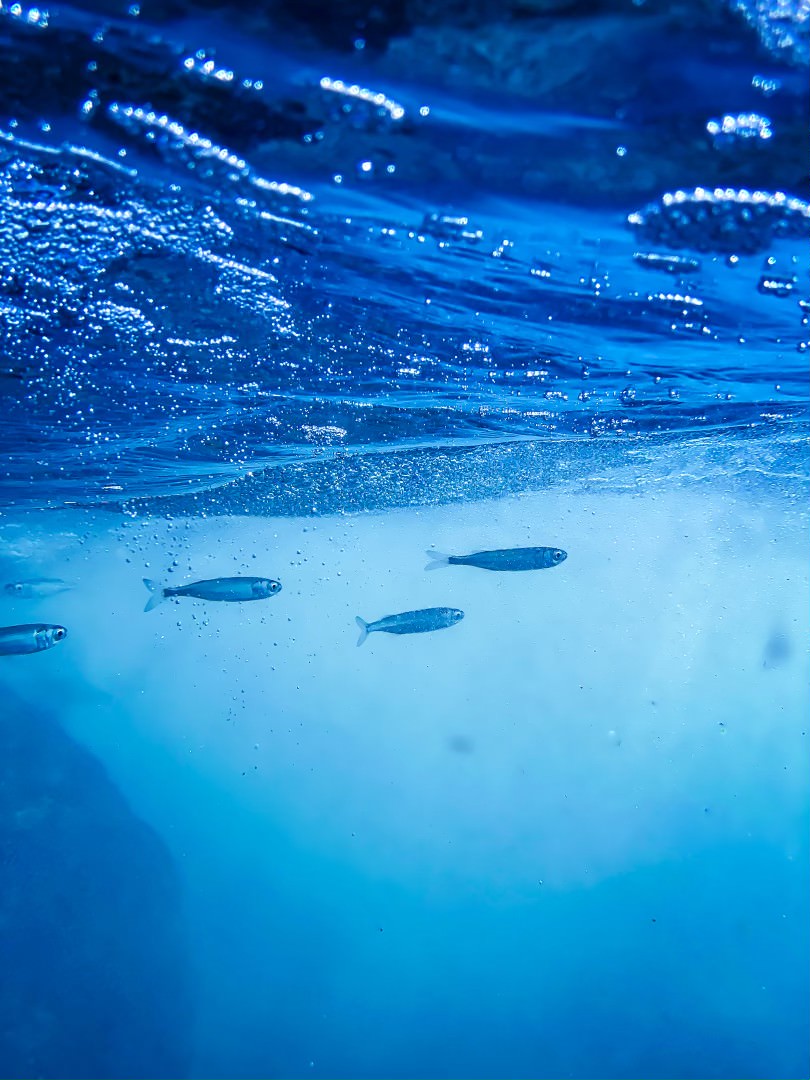
(Photo courtesy of Keegan Houser/Unsplash - https://unsplash.com/photos/W6ZFtDLR27g)

(Photo courtesy of Keegan Houser/Unsplash - https://unsplash.com/photos/W6ZFtDLR27g)
Groups of Native Hawaiians and allies are using storytelling to destigmatize the traditional practice of fishponds and reunite with their culture.
Ancient Hawaiians created a system of fishponds that were sacred, sustainable to nature, and structured societal roles within the Native Hawaiian class system. At the height of Native Hawaiian society, between 700 and 800 years ago, this traditional aquaculture system numbered as many as 488 fishponds across the Hawaiian Islands and supplied food to entire communities. By 1901, just 99 fishponds were in use; and in the 20th century, most stopped producing fish.
Loko Ea’s Malama ‘Āina is one of the fishponds that is being brought back to life.
Native Hawaiians stopped maintaining Loko Ea and other fishponds when a more Western society came into Hawaii. At that time, people found other work and they stopped managing the natural resources and cultural practices that had previously sustained the food supply, explained Makua Perry, outreach coordinator and technician at Loko Ea. “We see elsewhere a huge mindset in the mind of our native people and that’s where we see development and a lot of businesses taking over Hawaii and Oahu, which has caused us not to see very many fish ponds anymore,” said Perry, adding that Pearl Harbor was the most densely populated area of fishponds. Now just two to four are subjects of restoration attempts.
He continued, “Back in the days when it came to stewardship of the land, the currency was a trading and barter system, not a money management system; It was a shared balance between the resources we find in the plane.”

With the introduction of Western ideas by colonizers also came the introduction of the capitalistic mindset it holds close, and Native Hawaiians had to adapt in order to survive.
“Mid-1800’s going into the 1900’s, the plantation era changed and brought the culture into a new concept and understanding that they need to make money to sustain their families and the new westernized way of living,” Makua said.
The power of storytelling can be traced back to the beginning of man. Whether it be the cave paintings of early cave dwellers to the first written artifacts of the Sumerians, humanity has been fascinated with telling stories that have informed their future generations and given insight to strangers of their practices, culture, and ways of life. This is no different in Native Hawaiians as “mo‘olelo,” or storytelling, is embedded deeply in the Hawaiian culture. However, mo‘olelo are not just stories, they are a way for people to explain how the world works. Hawaiian culture teaches that finding a balance with and respect for the natural world is critical.
Stemming back hundreds of years to the first inhabitants or the first migration of the first people to the islands of Hawai’i, today known as Native Hawaiians, were the first islanders in the Pacific to co-exist with ponds through fish farming. Specifically beginning on the island of Maui, there is a mo’olelo that is shared and passed down within Native Hawaiian communities and with anyone interested in learning more about Native Hawaiian practices of a specific man named Ku‘ula-kai.
Ku‘ula-kai was said to be one of the first prominent land stewards within the island of Maui.
He had a human body but was possessed with “mana kupua,” or supernatural powers, in directing and controlling the fish of the sea. While living at Leho’ula with his wife, he dedicated his time to fishing. He constructed a fishpond next to his house named after himself, near the shore where the surf breaks, and stocked his pond with many kinds of fish. This place was meant to be sacred, or “kapu,” for the fishing; here he offered his first fish caught to the fish god. It was reported all over Hana that Ku‘ula-kai was then given a gift: fish became “laka loa,” or obedient, to his command.
Having had this very special ability to steward and raise marine life in a significant way for the benefit of the Native Hawaiian communities, one way that he thought to elevate the relationship between man and animals or other types of living beings within the island ecosystem was to create a rock wall structure that extended out into the reef systems in our near-shore fisheries and that ultimately created an amazing estuary and rich ecosystem that connected both salt and freshwater, creating a brackish water environment for the fish to live prosperously. It was said that in Hana Maui, the east side of Maui, Ku‘ula-kai created the very first fishpond created hundreds of years ago. The Ahu Pua’a system was created through this practice and altered depending on specific districts, in which this fishpond system is still practiced today. In fact, the remnants of those historical sites are even still noticeable today through efforts of restoring these ancient fishponds.

The Ahu Pua’a system was created many generations ago by an “Ali’i,” chief or chiefess, named Māʻilikūkahi, one of the more prominent chiefs on the island of Oahu. In those times of warfare, there were many chiefs and chiefesses, as well was commoners, who struggled to figure out their responsibility to their land, villages, and, ultimately, families regarding their jurisdiction within certain spaces of an island or from the mountain to the sea. In an attempt to bring more order to society, Māʻilikūkahi created the Ahu Pua’a system. Ahu is the Hawaiian word for altar or space to give offerings, and Pua’a is the word for pig. Ahu Pua’a is a pig-like altar to symbolize the importance of balance and protocol of resources to ensure the avoidance of overuse and taking from others.
When Māʻilikūkahi created this system, he parceled out the islands into smaller districts called Ahupua`a, which extended from the mountain down to the ocean. If these small districts are brought together, they create what is called “Mokus.” Mokus are larger land districts that are given names (like Kona, located in the Waikiki District) and based upon the direction or the space that they are located on the island. These borders and land districts created a more sustainable way of living and created order within “Ali’i,” or commoner class systems, for each person to understand their role in society and where to obtain the resources that were created.
This story of the decline of Hawaiian fishponds is not a unique one. With the rise of colonization, Western ideologies continued to engulf the world; and many indigenous communities were either forced or incentivized to leave their traditional practices behind. With the development and industrialization witnessed in Hawaii, “fields in agriculture and aquaculture are seen as lesser than,” Makua said. This is a discouraging fact that has perpetuated many Native Hawaiians from returning to cultural practices such as the development of fishponds.
—
About this series: The Planet Forward-FAO Summer Storytelling Fellows work was sponsored by the North America office of the Food and Agriculture Organization of the United Nations (FAO), and the Fellows were mentored by Lisa Palmer, GW’s National Geographic Professor of Science Communication and author of “Hot, Hungry Planet.”